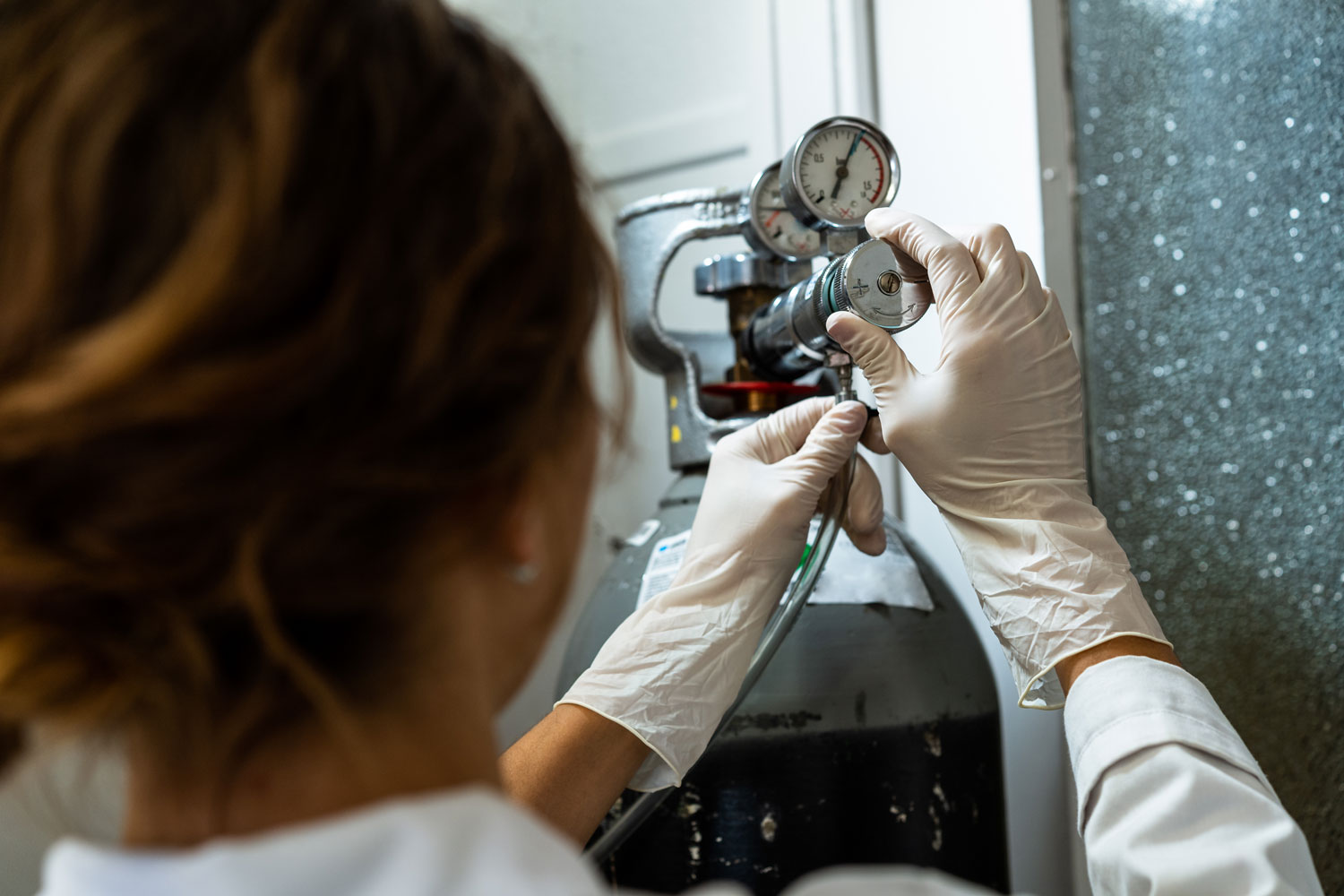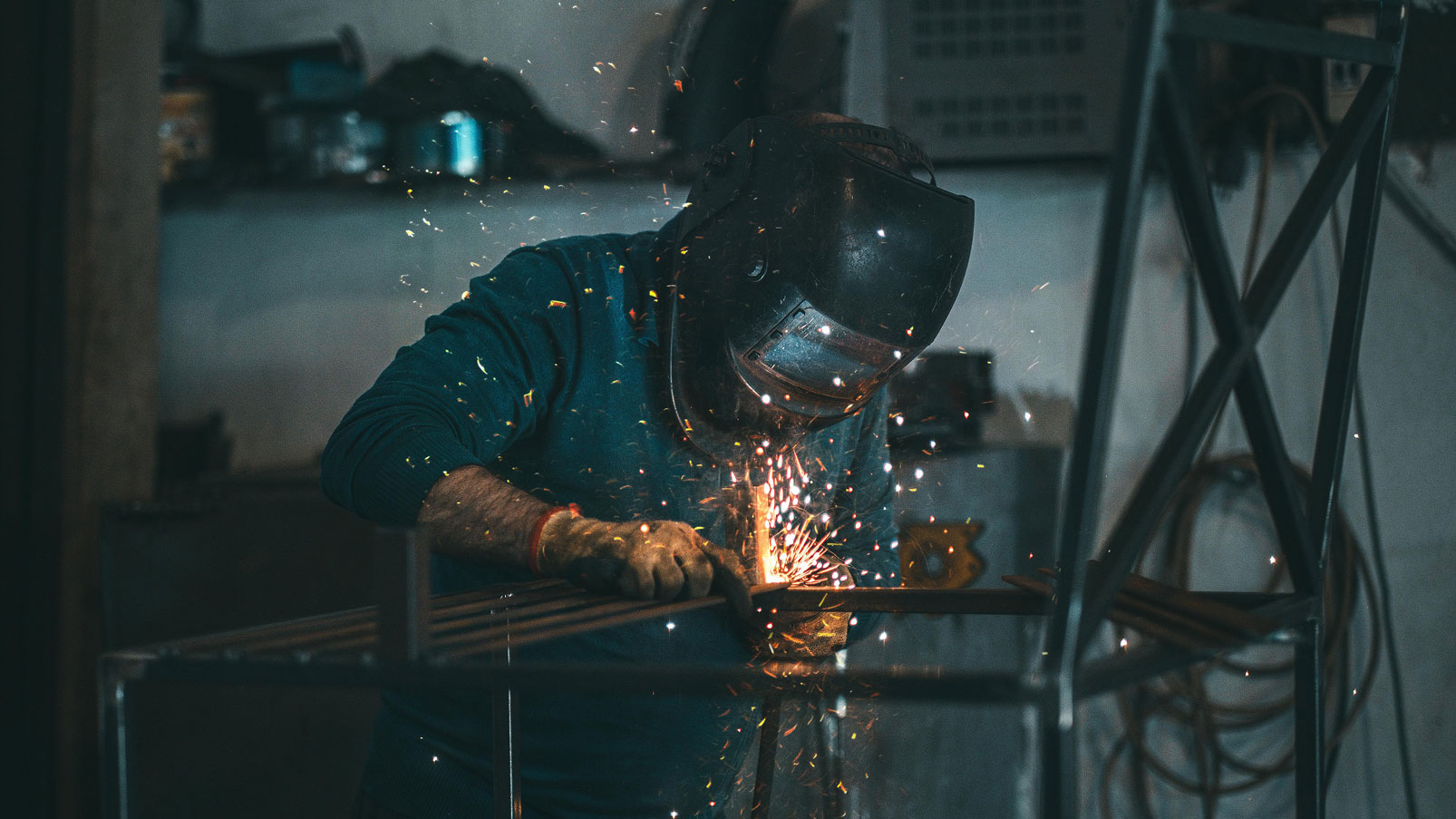Right-sizing nitrogen tank sizes keeps lines stable and changeovers low. This guide shows how to choose a nitrogen tank or cylinder bank that meets demand today and scales cleanly as throughput grows.
Where nitrogen is used
Common applications include inerting, purging, packaging, laser cutting, and lab analysis. Each use has different flow and purity requirements—capture them up front.
Size selection in four steps
- Measure demand: average flow, peaks, and duty cycle
- Define changeover target: minutes you can tolerate per shift
- Match delivery method: cylinders, liquid dewars, microbulk
- Plan footprint: rack depth, access lanes, ventilation
Bank design and manifolds
Use dual-bank manifolds with automatic switchover to eliminate starvation. Add point-of-use regulators near sensitive tools. Standardize fittings to simplify maintenance.
Quality and dryness
Confirm nitrogen purity and moisture specs match your process. If the application is regulated (food, pharma, electronics), verify documentation with your supplier and keep certificates on file.
Example configurations
- Intermittent lab work: small nitrogen gas cylinders with quick change
- Continuous packaging: larger cylinders or microbulk to cut swapouts
- High-pressure purge: rated regulators and hoses sized for peak flow
Checklist and common mistakes
- Checklist: anchored racks, labeled lines, switchover test, leak check, logs
- Mistake: oversizing regulators—fix by adding point-of-use regulation
- Mistake: ignoring peaks—size for worst case, not average
Next steps
Document your flow profile, pick a bank size, and stage expansion brackets now. [[Link to “Products – ISO Cylinders”]] [[Link to “Certifications”]]
Suggested image alt text
- Nitrogen tank manifold with automatic switchover
- Pressure regulator at point of use for nitrogen line
- Technician logging nitrogen cylinder changeover

.png)


